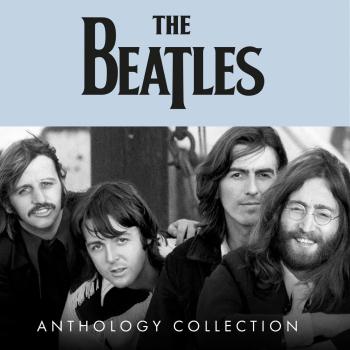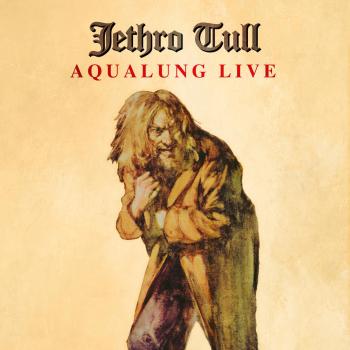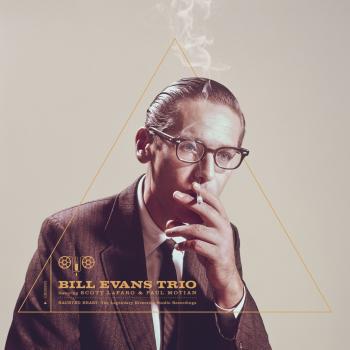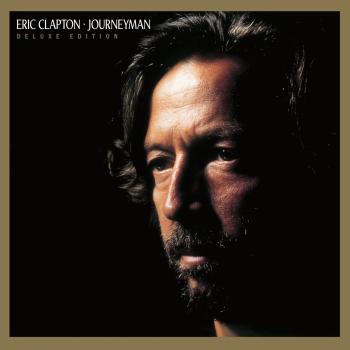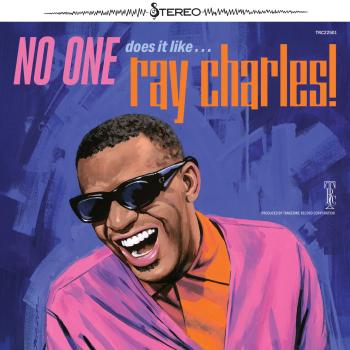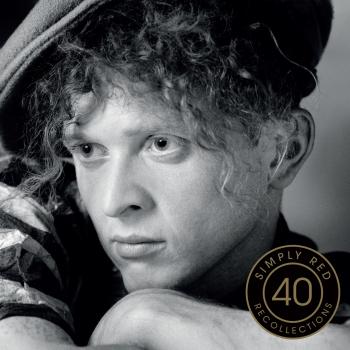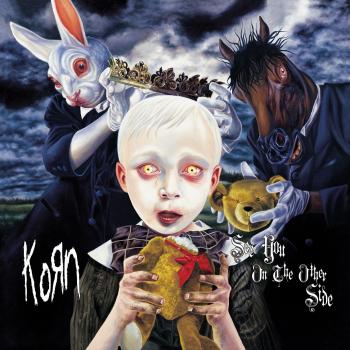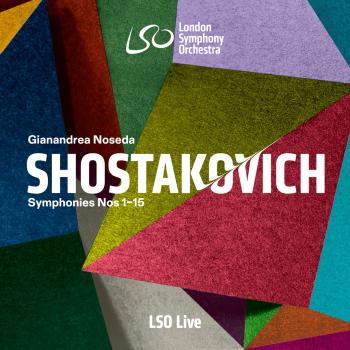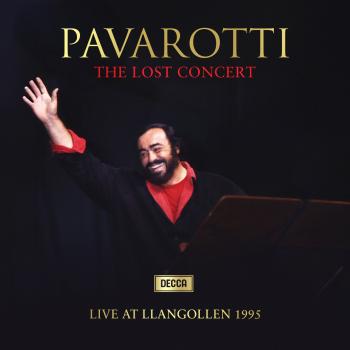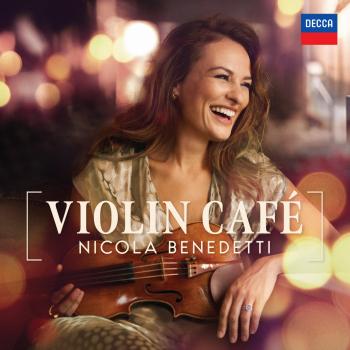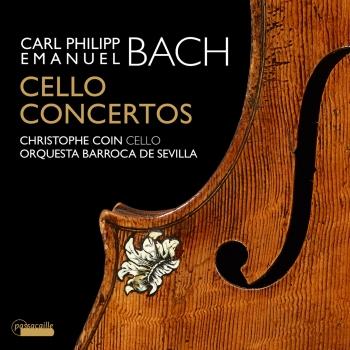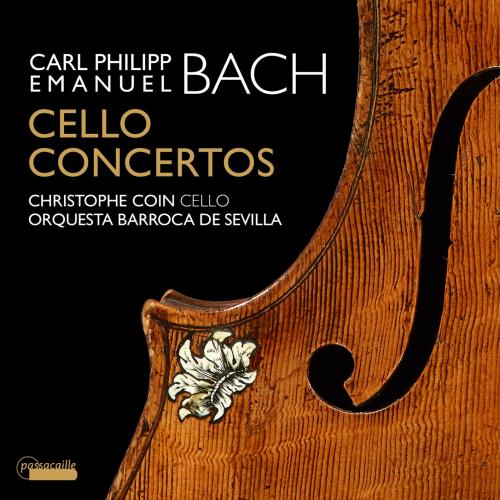
C.P.E. Bach: Cello Concertos - Christophe Coin Christophe Coin
Album Info
Album Veröffentlichung:
2018
HRA-Veröffentlichung:
19.02.2020
Label: Passacaille
Genre: Classical
Subgenre: Concertos
Interpret: Christophe Coin
Komponist: Carl Philipp Emanuel Bach (1714–1788)
Das Album enthält Albumcover
- Carl Philipp Emanuel Bach (1714 - 1788): Cello Concerto in A Major, Wq.172/H.439:
- 1 Cello Concerto in A Major, Wq.172/H.439: I. Allegro 10:20
- 2 Cello Concerto in A Major, Wq.172/H.439: II. Largo con sordini, mesto 08:20
- 3 Cello Concerto in A Major, Wq.172/H.439: III. Allegro assai 06:54
- Cello Concerto in A Minor, Wq.170/H.432:
- 4 Cello Concerto in A Minor, Wq.170/H.432: I. Allegro assai 08:36
- 5 Cello Concerto in A Minor, Wq.170/H.432: II. Andante 07:35
- 6 Cello Concerto in A Minor, Wq.170/H.432: III. Allegro assai 06:42
- Cello Concerto in B-Flat major, Wq.171/H.436:
- 7 Cello Concerto in B-Flat major, Wq.171/H.436: I. Allegretto 06:59
- 8 Cello Concerto in B-Flat major, Wq.171/H.436: II. Adagio 07:45
- 9 Cello Concerto in B-Flat major, Wq.171/H.436: III. Allegro assai 05:23
Info zu C.P.E. Bach: Cello Concertos - Christophe Coin
The three cello concertos by C.P.E. Bach are among the highlights of the concertante cello literature between the genre contributions of Vivaldi and Haydn. In the meantime, it is also certain that the no less popular versions of the three concertos for flute and keyboard instrument were later transcribed and arranged by the composer himself, from the cello concertos which he wrote between 1750 and 1753. In their musically sophisticated and inspiring recording, Christophe Coin and the Orquesta barroca de Sevilla under Enrico Onofri underline the outstanding rank of the three concertos as masterpieces from the era of sensitivity.
Orquesta barroca de Sevilla
Christophe Coin, cello, conductor
Christophe Coin
Perhaps the leading post-Harnoncourt cellist in the early music movement, Christophe Coin has developed a particular interest in music of late eighteenth century Vienna. He began studying the cello as a child in Caen, then enrolled in the Paris Conservatory, where his principal teacher was André Navarra. After taking first prize in a conservatory competition, Coin moved to Vienna where, at the Academy for Music, he became a disciple of Nikolaus Harnoncourt and performed in the latter’s Concentus Musicus.Coin also studied with gamba guru Jordi Savall at the Schola Cantorum in Basle. Through Savall, he was able to perform with the ensemble Hesperion XX.
Coin joined England’s Academy of Ancient Music, with which he made several recordings as an orchestra member and as a soloist. In 1984 he founded his own chamber orchestra, Ensemble Mosaïques, but dissolved it the following year. He did salvage the name, at least, when he recruited leaders of its string section to join him in forming the Quatuor Mosaïques, a group mainly dedicated to the music of Mozartand Haydn, but also moving forward into scores by Beethoven and Schubert. In 1991 he was also named music director of the Limoges Baroque Ensemble.
His academic appointments include a post at the Schola Cantorum in Basle, and heading studies in Baroque cello and viola da gamba at the Conservatoire National Supérieur in Paris. Although his performing career has been centered in Europe, Coin has become known to North American audiences through his recordings. Among his more CD projects are highly regarded recordings of Classical-era quartets, and a series of discs devoted to Bach cantatas featuring the violoncello piccolo. his recordings. ...
Dieses Album enthält kein Booklet

